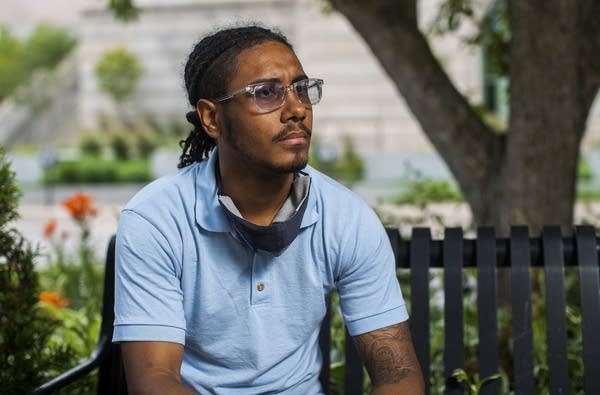In Duluth, confronting racism with a 'Hello'

As one of the few Black employees at the St. Louis County courthouse in Duluth, John Staine felt he was being singled out — and he was sick of it. So, he took an unconventional approach to confronting the bias.
Derek Montgomery for MPR News
Go Deeper.
Create an account or log in to save stories.
Like this?
Thanks for liking this story! We have added it to a list of your favorite stories.


